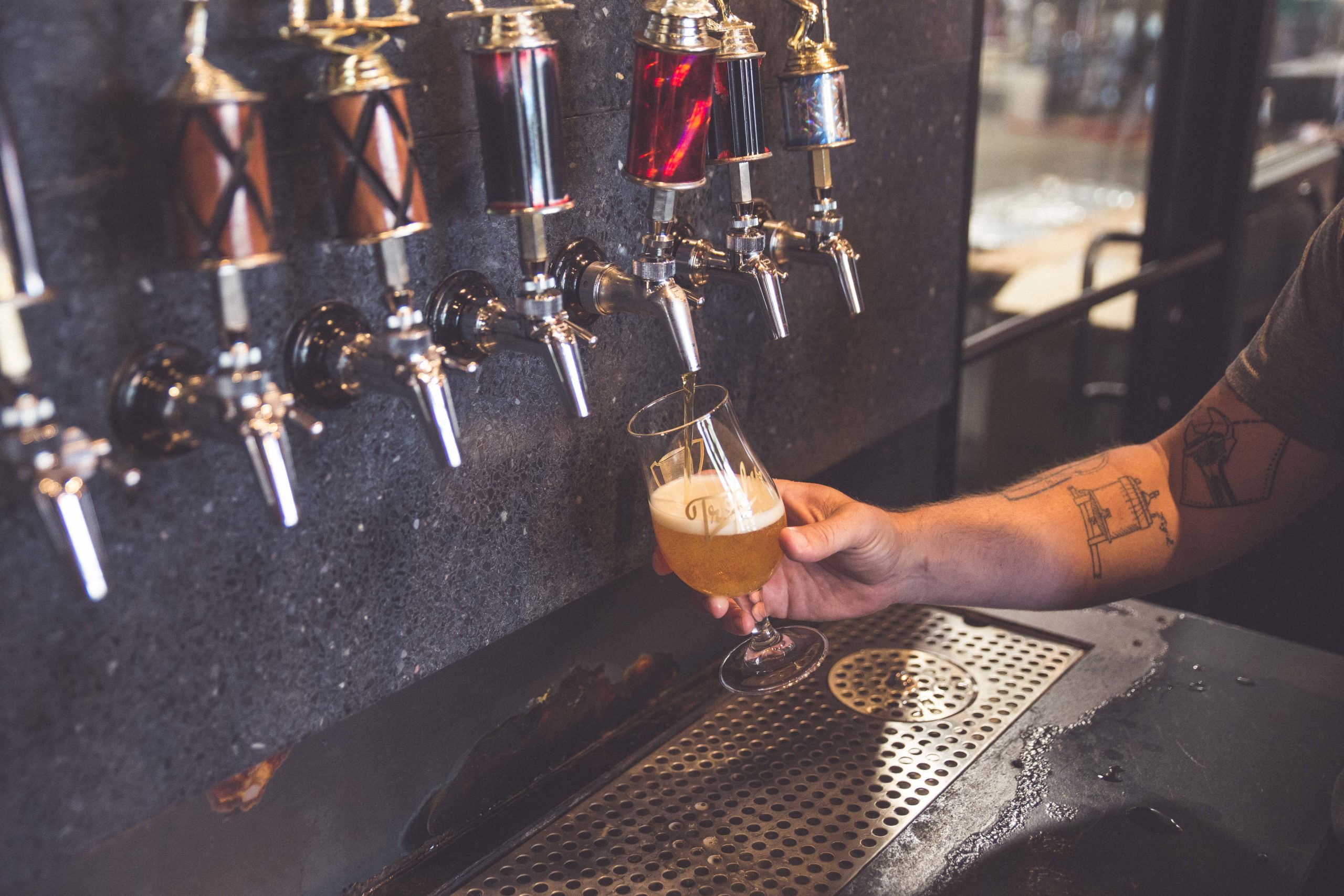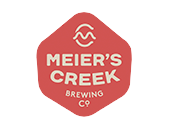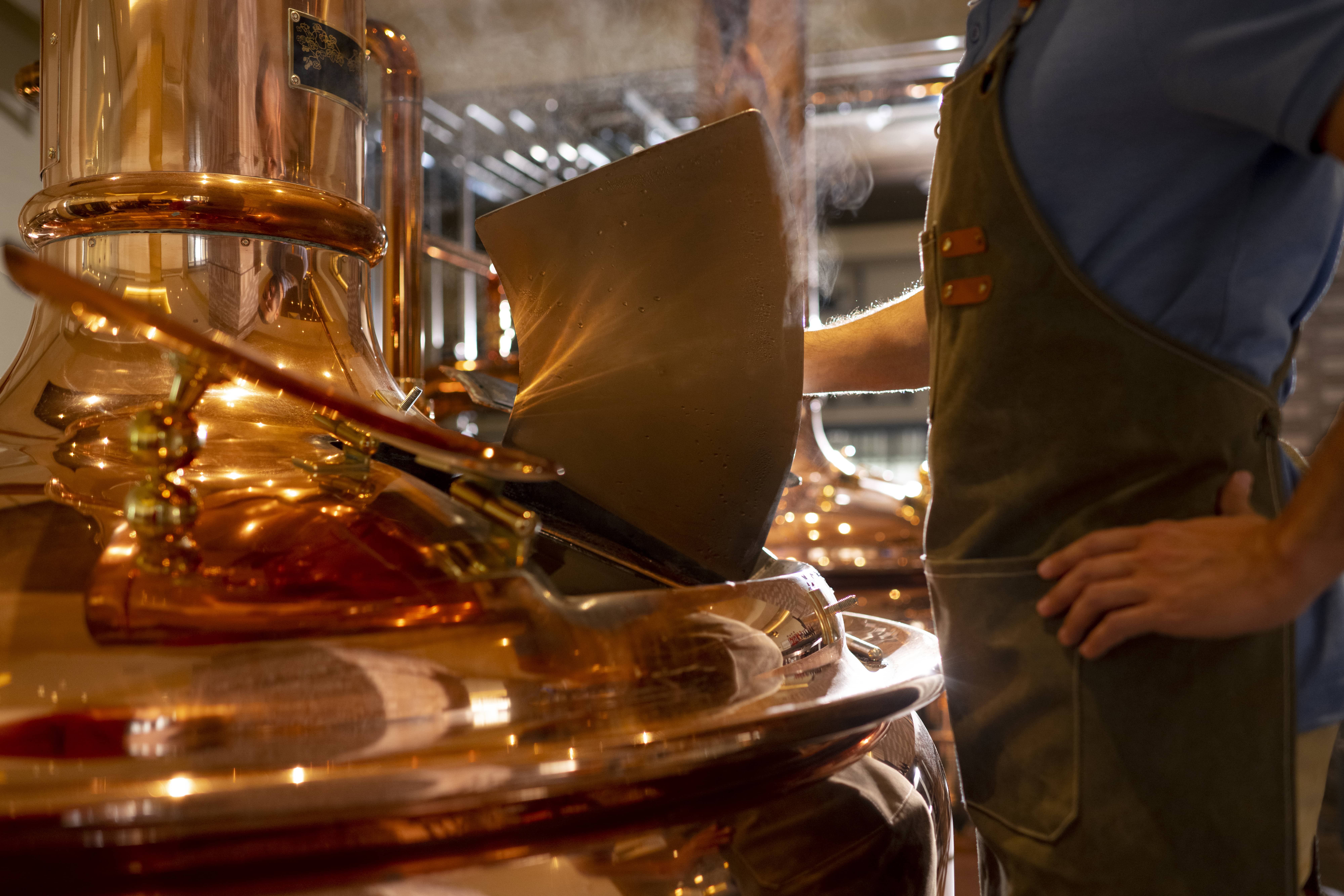3 Rules for Pricing Craft Beer
One of the most difficult aspects of producing craft beer is deciding what price to sell it at. Aside from seasoned entrepreneurs or experienced industry veterans, few new brewery owners think about this frustrating process before production begins. Once the batch is finished, you may find yourself making a quick decision without much analysis.
So, how should you set the prices for your products? Many folks look at what other similar or nearby breweries are charging for their beer and call it a day, but this method leaves a lot to be desired. Below, read about the three rules you should follow when developing a beer pricing strategy.
Table of Contents
1. Examine the Market
Analyzing competitors isn’t the only thing you should do when determining your beer pricing strategy, but it should be part of the process. Taking into account the price of beer at other local establishments helps you understand what customers might expect when they visit your taproom. For example, if local competitors charge $5 to $7 per pint of beer and you charge $6 to $10, some folks might balk at the higher bill and avoid frequent visits.
However, it’s important to remember that price isn’t the only factor consumers consider when making a decision about where to buy alcohol. It’s also about the on-site experience, your brand, and the perceived quality of your products. If your beer is regarded as unique or different, patrons may be willing to pay higher prices than they’re used to.
As you conduct your competitive analysis, consider the different sales channels you have. For on-premise sales, you may primarily be looking at other local, independent beer producers to decide your prices. But for wholesale or beverage distributor sales, you may be competing with alcohol companies in your category from all across your region or even the country. Your prices should be set based on these different sales channels and the associated costs and markup.
2. Track Your Costs & Sales
Once you’ve taken a look at the market to understand what you’re up against, it’s time to look inward. If you haven’t already, decide on your preferred profit margin so you know the bottom line you’re working toward. Once you have that goal in mind, you can work backwards from profit margin, costs, and sales to decide where your prices for beer should be. Obviously when you’re first starting out, you won’t have tons of historical data to look at. You may have to take your best guess at first and adjust after a few months, when you’ll have a more accurate picture of your operating costs and average monthly sales.
As your team fine-tunes recipes and finishes your first few batches, track inventory and production costs closely. Ideally, you should use software to keep an eye on batch costs and cost of goods sold so that you can compare those to your sales numbers. Jason Slater, partner at Ignite Brewing Co., said using software to track costs over time led them to review their beer pricing strategy, to excellent results. “We were selling some beers at a much lower margin than intended, driving us to adjust some brands by as much as 10%,” he said. “Having the batch history in Ekos helped us realize it. Now, sales are better aligned to costs over time, which helps us target recipe adjustments and ingredient contracting opportunities.”
Of course, it’s important to remember that there’s more than just inventory and production when it comes to beer costs. There’s also overhead, labor, packaging, and taxes. To truly understand how you get from prices of individual items to your desired profit margin, you’ll want to consider these expenses as well.
3. Make Adjustments as Needed
This should be a no-brainer, but you’d be surprised how infrequently brewery owners examine their prices. You don’t need to change things up every week, but if something fluctuates that affects the cost of producing one of your flagship beers, you may want to consider price adjustments as well. For example, if your hops contract for 2022 is 10% more expensive than it was in 2021 and you can’t find another supplier that offers a reasonably priced replacement, beers containing those hops will have a lower margin unless you bump up the price slightly.
That simple example is easy to understand, but things become more difficult to handle when you’re managing an entire product portfolio — especially if you produce multiple types of alcoholic (or even non-alcoholic) beverages. If you’re producing beer in addition to NA beverages, hard seltzer, or cider, you might find tracking physical inventory, updating recipes, and capturing the costs of each product to be increasingly complex. Using brewery inventory software that syncs with your accounting platform could help more accurately monitor your revenue and expenses over time. Software can even automatically calculate your cost of goods sold for you. How’s that for a beer pricing strategy?
Get the Data You Need to Set Your Beer Prices Right
“Understanding our costs and profit margins has always been difficult to manage. With Ekos, we have a better understanding of our entire operation which will hopefully lead us to become a more profitable business.”
– Tom Kirchmeyer, 12 Gates Brewing Company
In the end, the right way to make beer pricing decisions is the same way you should make any decision about your business: with data. If you’re finding that a brewery cost spreadsheet isn’t enough to help you understand the way forward for your business, Ekos is here to help. We help craft breweries unlock insights and streamline processes that lead to more growth and higher profits.
Want to see what Ekos is all about? Take a self-guided tour of our product or reach out to our team for a personalized 20-minute demo today.




